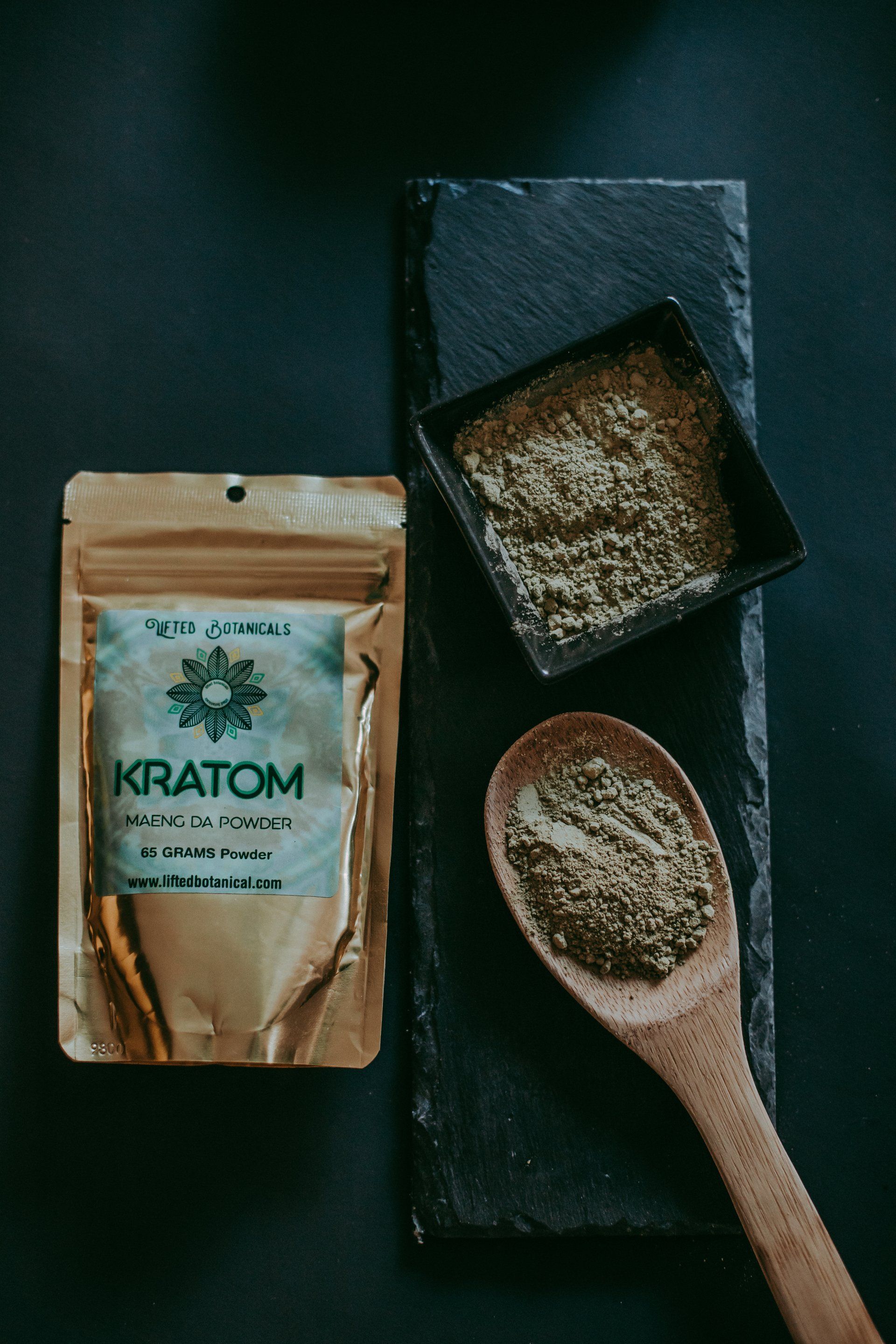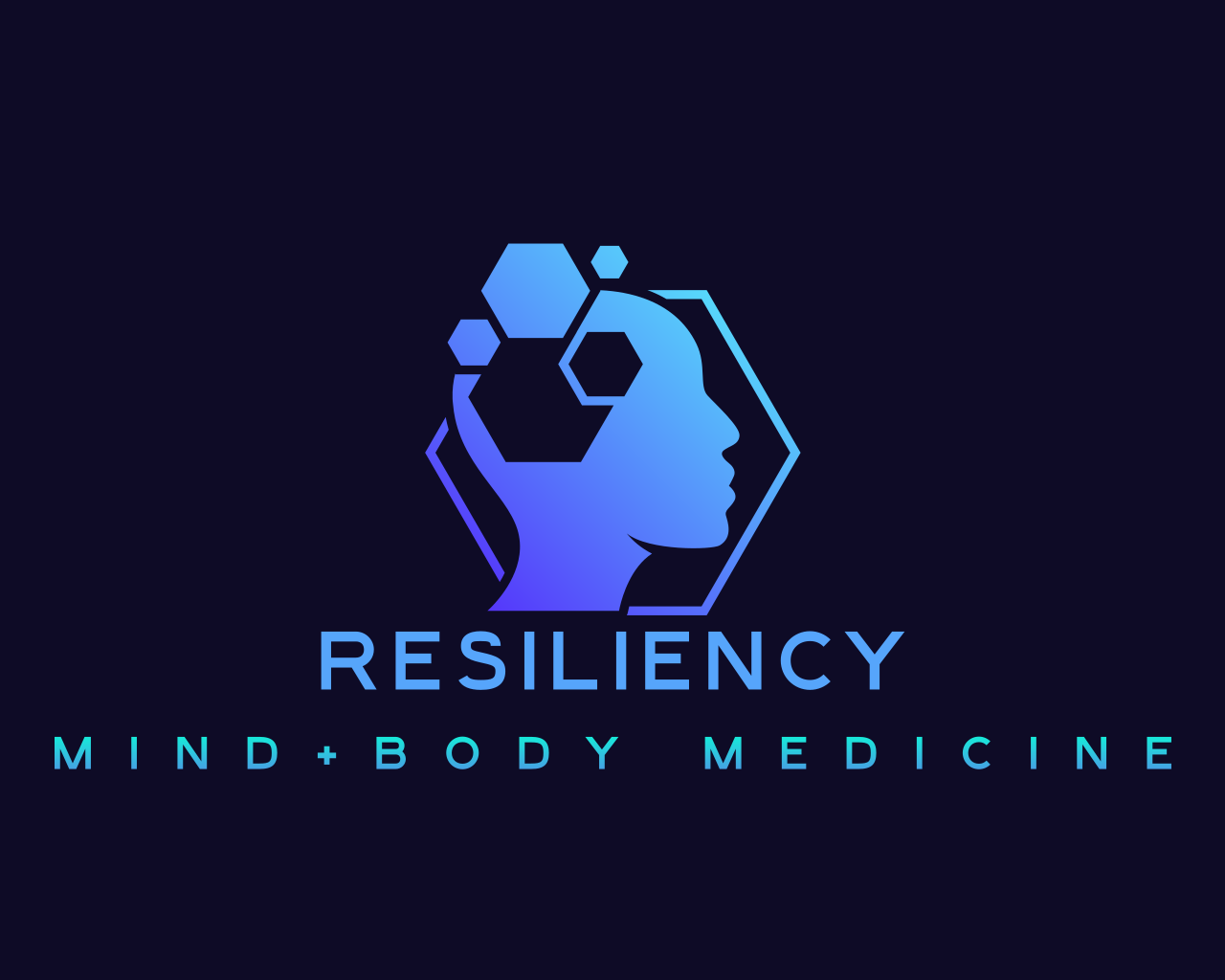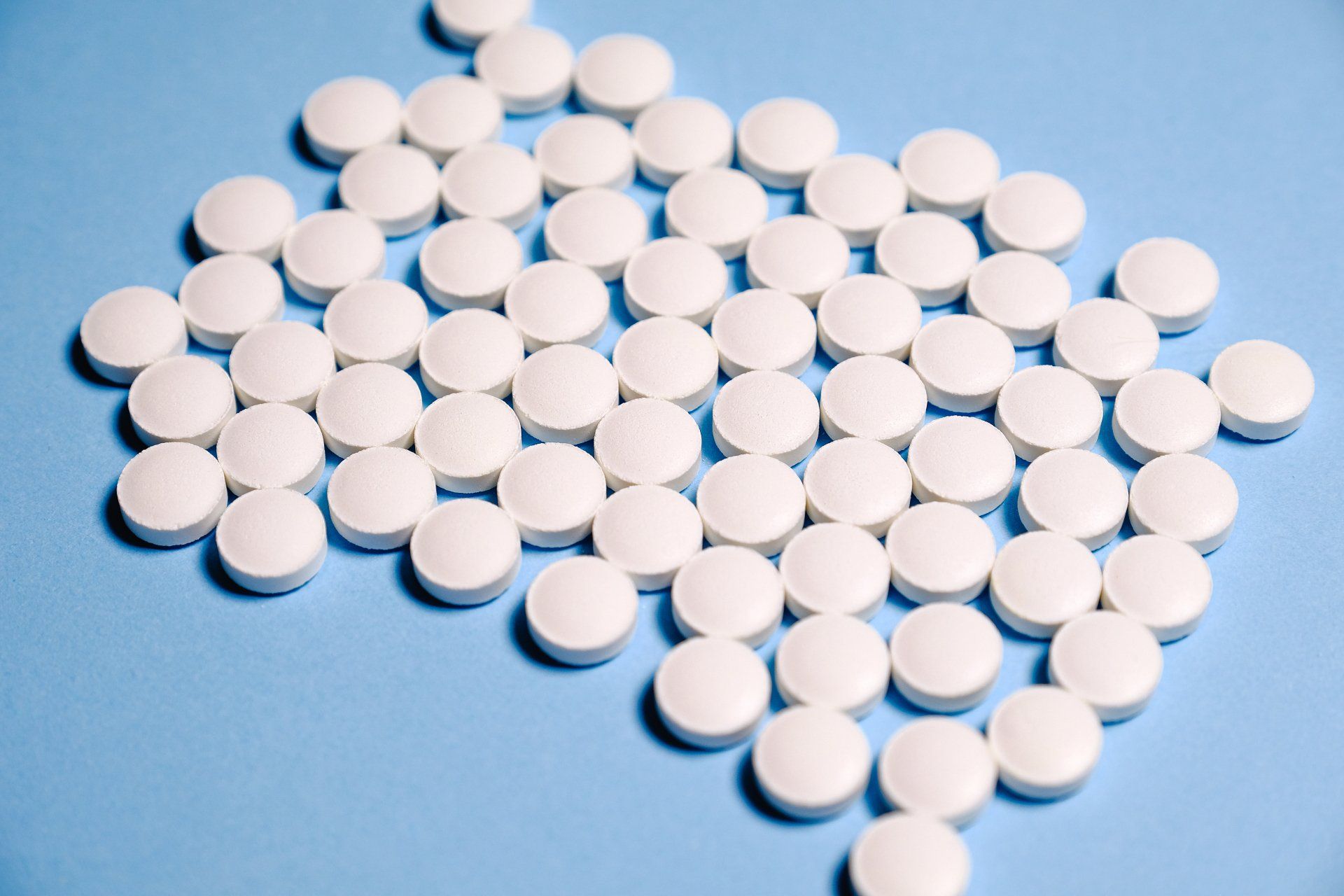Methamphetamine Treatment Options
What is Methamphetamine and How Can Addiction be Treated?

Methamphetamine is powerful central nervous system stimulant that produces a surge in dopamine and serotonin with first use. Use is on the rise across all populations, with abuse of both "legal" and "illegal" stimulants increasing. "Legal" stimulants are prescribed medications often used in the treatment of ADHD (think Adderall, Ritalin, etc). "Illegal" stimulants are manufactured and distributed out of clandestine labs.
Overdose deaths due to stimulant use is also on the rise. A recent study by NIH’s National Institute on Drug Abuse (NIDA) examined data from almost 200,000 people nationwide, aged 18-64, who participated in the 2015-2019 National Surveys on Drug Use and Health (NSDUH). Researchers found that overdose deaths from stimulants other than cocaine almost tripled from 2015 to 2019. The number of people using methamphetamine and cocaine together increased by 60%. Frequent methamphetamine use, defined as using for at least 100 days in the past year, increased by 66%. These results point to a growing trend in risky use patterns.
What Makes Meth So Addictive?
Stimulants boost the normal brain levels of the neurotransmitter dopamine, which produces feelings of pleasure and increases energy. People also experience euphoria, appetite suppression, and decreased need for sleep, which makes this drug very appealing for many seeking these effects. Methamphetamine specifically causes an excessive spike in dopamine, with as much as 10x the amount of dopamine released when using meth compared to other stimulants such as nicotine and cocaine. This excessive spike in dopamine is neurotoxic, which contributes to the destruction of the brain over time with repeated use. This toxic damage can lead to serious and even permanent mental health and neurologic impairments.
Mental Illness and Meth Abuse
Approximately 2/3 of methamphetamine users experience psychotic symptoms, including paranoia, visual and auditory hallucinations, mood disturbances, delusions (often tactile, the sensation of insects creeping on the skin), homicidal thoughts, suicidal thoughts, and out of control rages. The longer one uses, the higher the risk of developing serious mental health symptoms. Various studies have examined the risk of psychotic symptoms becoming permanent, and estimates range that approximately 10-20% of all users can have permanent psychotic symptoms even years after quitting methamphetamine.
What are Treatment Options?
Sobriety from Methamphetamine use disorder is best addressed from a multi-specialty collaborative approach involving both therapy and, if indicated, medications. Specialized therapy from a professionally trained substance use therapist can be especially valuable.
A thorough assessment by a psychiatrist can be helpful for those experiencing mental health symptoms. An experienced psychiatrist can recommend medications that can help with symptoms of depression, insomnia, and psychosis, and order laboratory tests to monitor baseline physical health.
For Methamphetamine cravings, there are currently no FDA-approved treatment options. However, a recent evidence-based medication approach with the monthly injection naltrexone (Vivitrol) 380mg dose combined with Buproprion (Wellbutrin) 450mg dose resulted in reduction of methamphetamine cravings and abstinence from methamphetamine in 13.6% of moderate to severe users vs. only 2.5% of those on placebo treatment. Although this number does not seem high, this small but meaningful finding opens a door for those seeking medication options to help with this devastating addiction.
References:
Methamphetamine Use, Methamphetamine Use Disorder, and Associated Overdose Deaths Among US Adults. Han B, Compton WM, Jones CM, Einstein EB, Volkow ND. JAMA Psychiatry. 2021 Sep 22. doi: 10.1001/jamapsychiatry.2021.2588. Online ahead of print. PMID: 34550301.
Bupropion and Naltrexone in Methamphetamine Use Disorder
Trivedi MH, Walker R, Ling W, et al. The New England Journal of Medicine. 2021 Jan 14. doi: https://www.nejm.org/doi/full/10.1056/NEJMoa2020214




